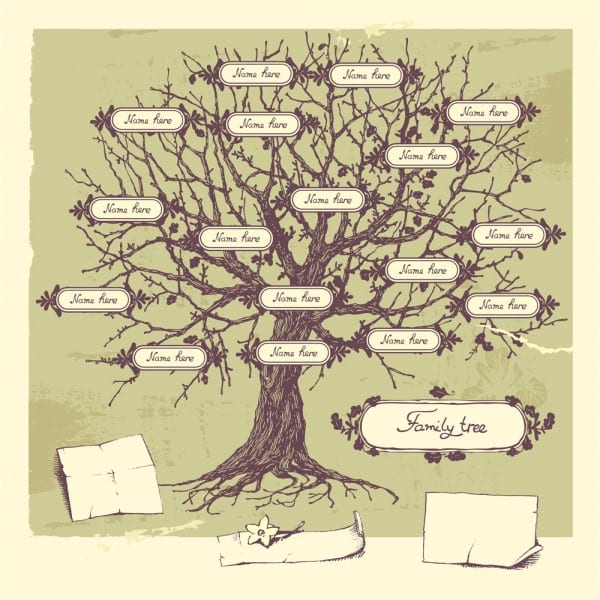As you search for yet one more record for one of your ancestors, and go on to another search, and another, it can be very exciting! But… what are you doing with all those documents, those copies, those photographs and maps? Here are four helpful guidelines to help you with all your reports, records, documents and other items that you find.
WRITE IT DOWN!
Learn to properly cite each source document you find. Cite means to write down exactly where you found the document so that anyone else can find it as well. There are style sheets, summary sheets, and other methods including a wonderful book on the subject of the genealogical standard for document citations. Check online and you will find several helpful ones available. Remember that every detail has a source, whether it was from a published source, an online family surname association, oral history (Great-Aunt Ethel’s memories), back of a photograph, etc. From the beginning – record it in writing!
FILE IT AWAY!
A too-true genealogy joke: “Question – What do you call the place where genealogists place their most precious records? Answer – The floor!” Do not do this! Start now to save your items correctly. Original documents, photographs and other original records need to be stored in acid-free sleeves, labelled safely and clearly (and correctly). On the computer, save each online record you find in a logical manner so you can find it easily when you want to refer to it or share it with others. For example, using your 5-generation chart, you have 32 surnames there, each one of which could have their own computer folder for online records, scanned photos, and more. There are additional excellent suggestions on how to organize and file your genealogical materials, by using online articles, or in magazines, or helpful books from the library or at bookstores. Find one organization system that works for you and then, use it! Set aside half an hour a week for this task, and you will be surprised at how much you can put away “properly” with this focus.
SEARCH FAR WIDE!
There are many places to search for records and histories of your ancestors. Do not limit yourself to the basics of name, date, place of birth, marriage and death. Boring. Aim for more details by thinking outside the box, to make your ancestors come alive to others in your family. Other than censuses (which often have errors), there are many other sources of records which may include information about your ancestors. These additional sources are often discussed in family tree magazines, online history sites, in books on genealogy, genealogy society workshops or meetings, or in classes you can take. Think about your ancestor’s daily life: occupation(s), travel, military involvement, neighbors, church, education, memberships in associations, politics, and more. Write to archivists at various associations, work places, or institutions for any details available on your ancestor. Remember to search city directories as well as voter lists, tax lists, and other places where your ancestor might be listed.
REVIEW, REVIEW, REVIEW!
Keep blank copies of common forms such as census forms for each time period, pension forms, death registration forms, marriage records, etc. From time to time, pull them out and review them alongside each census you have found on a family group. Then, (for example) as you look at a census record of your ancestor, you may suddenly “see” a relatives’ family on the very same page or on one page away. Review your records regularly for such wonderful items. A grandmother’s relatives may live right next door, but until you discovered her maiden name this week, you would not have known that relationship. You may realize a totally new area of research due to suddenly seeing the importance of a new piece of data. For example, two sons are listed with your greatgrandfather as blacksmiths. This new information allows you to find one of them 10 years later with the same occupation, and tentatively identify the family as relatives. You still need confirmation, but you have something to work with now! Or you might suddenly see that that ‘tick’ in one column means he was a veteran of WW1 – so of course, you could look at his military records, and possibly newspaper accounts as well.
By following these four helpful guidelines, your ancestor’s details will end up being accurate, detailed, interesting, personal, properly cited and filed for posterity! Happy searches.

